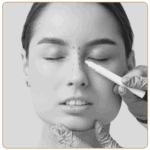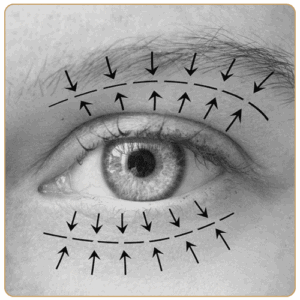Rhinoplasty, commonly referred to as a nose job, is a surgical procedure designed to change the shape or improve the function of the nose. Whether you’re considering this surgery for aesthetic reasons or to rectify breathing issues, it’s crucial to understand what to expect before, during, and after the procedure.
Before undergoing rhinoplasty, you’ll typically have an initial consultation with a board-certified plastic surgeon. During this consultation, you’ll discuss your goals, medical history, and undergo a physical examination. The surgeon might also take photographs of your nose from various angles and use computer software to show potential results, helping set realistic expectations. It’s important to follow any pre-surgery guidelines your surgeon provides, such as avoiding certain medications, smoking, and ensuring you are in good overall health.
The procedure itself can be performed under general anesthesia or local anesthesia with sedation, depending on the complexity and the surgeon’s preference. Rhinoplasty takes place in a hospital, surgical center, or an outpatient clinic. During the surgery, the surgeon will make incisions to access the bones and cartilage that support the nose. These incisions are often made inside the nose to avoid visible scars. The bone and cartilage may be reshaped, removed, or augmented using tissue from another part of your body or synthetic fillers. Once the underlying structure of the nose is reshaped to the desired form, the skin and tissue are redraped, and the incisions are closed.
Post-surgery, you can expect to experience some level of discomfort, swelling, and bruising, particularly around the eyes and nose. Your doctor will provide detailed post-operative care instructions, which might include keeping your head elevated, taking prescribed medications, and avoiding strenuous activities. You might also have a splint placed inside or outside your nose to support its new shape as it heals. Most people can return to work or school within a week or two, but complete recovery can take up to a year, with subtler changes continuing to manifest over time.
It’s crucial to attend all follow-up appointments with your surgeon to monitor the healing process and to address any concerns that may arise. By understanding what to expect and carefully following your surgeon’s advice, you can help ensure the best possible outcome from your rhinoplasty procedure.









